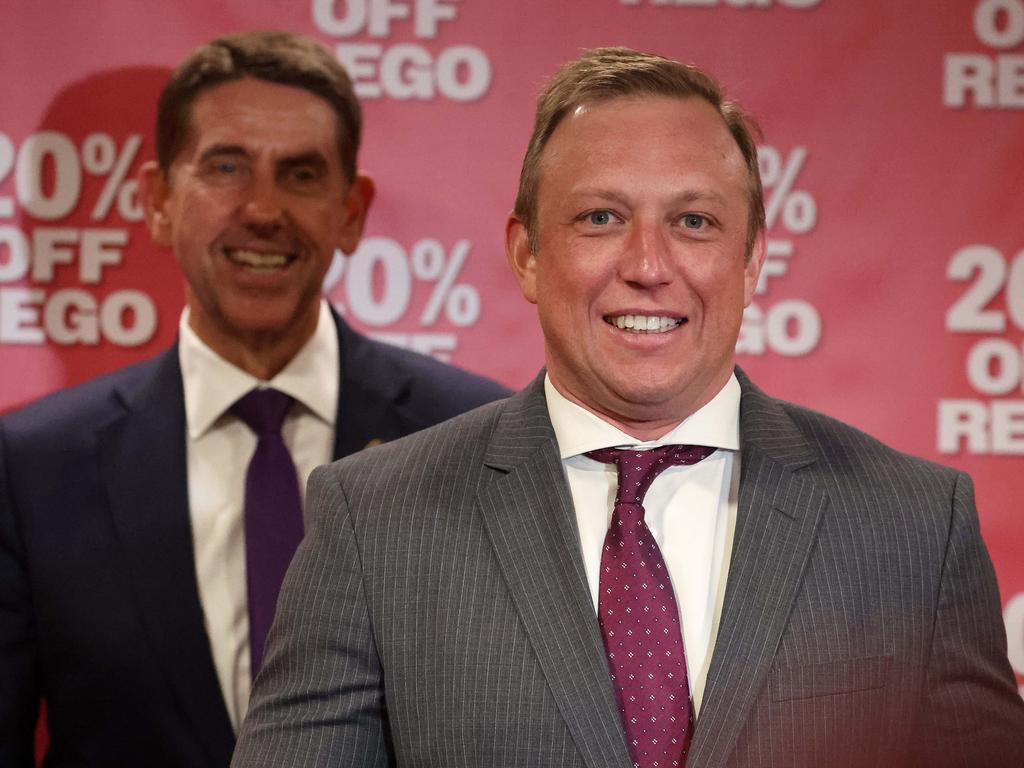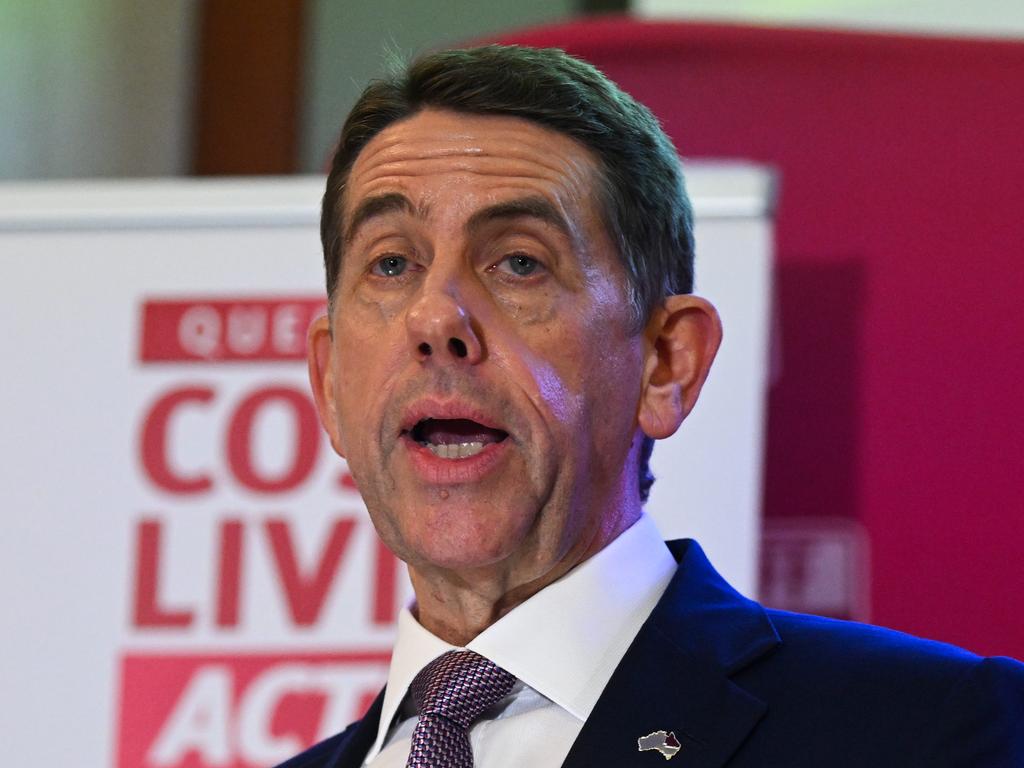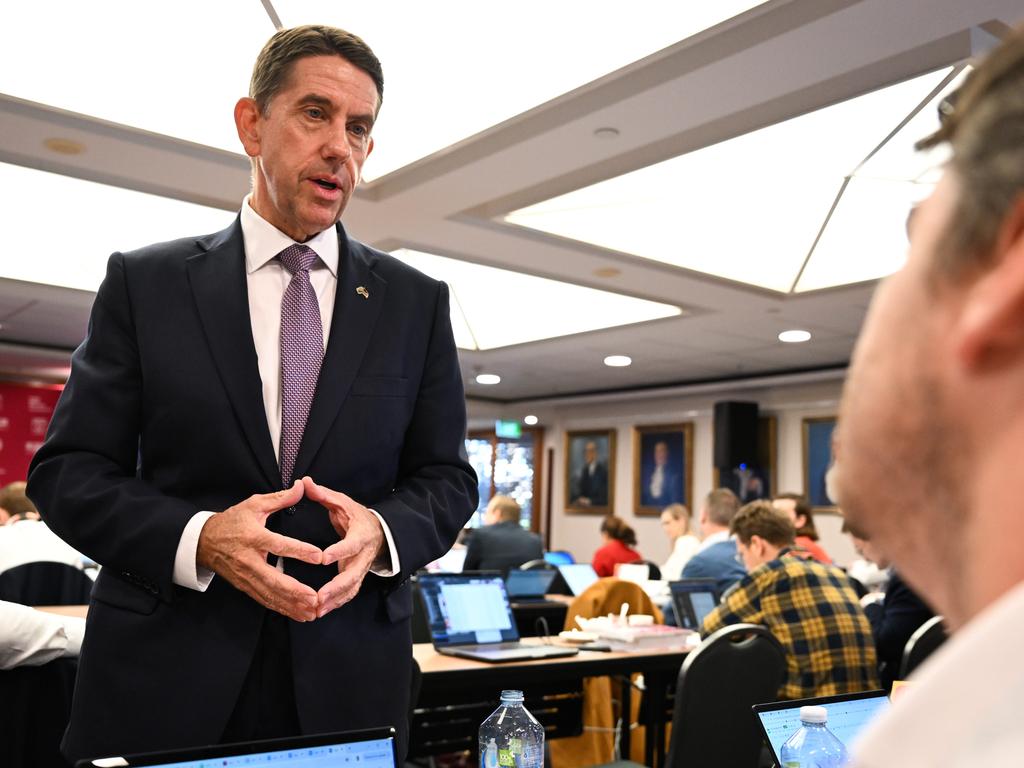Why it’s time to get serious about Qld’s debt trajectory

The NSW and Victorian Treasurers read the RBA memo on co-ordinating monetary and fiscal policy; they modestly reduced their very large fiscal deficits in the non-financial public sector by $5.1bn and $2.7bn respectively.
Queensland did not. Its fiscal deficit increased by $7.8bn from 2023-24 to 2024-25. It is clear which of the three state budgets are inflationary and which are not. This is despite Queensland’s bizarre argument about its energy and transport subsidies mechanically reducing the housing and transport subcomponents of the CPI.

Queensland Treasurer Cameron Dick misses what economists call “income and substitution effects”. If someone gives me $1000 to pay my electricity bill, it means I have $1000 to spend on everything else. That’s why, when the economy is operating at capacity (ie, the RBA is raising interest rates to reduce inflation), these subsidies are inflationary if the state’s fiscal deficit is also increasing.

The NSW and Victorian budgets have deteriorated substantially over the past decade. This was the case before the fiscal expansion of the pandemic, racking up a combined $307bn in fiscal deficits, and dwarfing all other states combined.
While the Queensland budget has performed better over this time frame – benefiting from strong growth in resource royalties – what’s concerning is the steep trajectory of debt over the next decade leading into the Olympic Games. This has been caused by a run of fiscal deficits, which will see net debt in the public sector rise from $56bn in 2023-24 to $116bn in 2027-28. Net debt in the general government sector (one part of the total public sector) will quintuple from $12bn to $60bn in five years.
The upshot is that in Victoria and Queensland, the net debt/GSP ratio, a key measure of fiscal sustainability, will rise to more than 25 per cent by 2025-26.
Rising state debts, as well as state bond yields, are a reminder of the famous quote by the International Monetary Fund’s chief economist, Olivier Blanchard, who wrote: “Debt becomes unsafe when there is a non-negligible risk that, under existing and likely future policies, the ratio of debt to GDP will steadily increase, leading to default at some point.”

This is why it’s important state governments read the tea leaves from the RBA. State government borrowing, which drives up the interest rate on state government debt relative to their own economic growth rate, is as significant to fiscal sustainability as the level of taxation is relative to expenditures.
Yet the lack of recognition that state budgets impact monetary policy is reflected in this wishful thinking from the Queensland budget: “The cash rate is expected to have peaked at 4.35 per cent, with cuts likely to commence in late 2024 and continuing to gradually ease over the medium term.”
While for now the states appear to be well below levels of default, primarily because of the ever-present coercive power of the state to tax its own citizens to pay down the debt, it does mean that future infrastructure investment and public services could be severely constrained if debt remains on its current trajectory, especially if ratings agencies further downgrade state credit.

It also means less fiscal firepower at a time when there are some dark clouds looming on the horizon for the states. Queensland will need to deal with its fair share of increasingly more damaging and costly cyclones and floods as its population and built environment in the north steadily rise and increase in density. Add to that the cost of an energy transition that, by unwise policy design, is not technology neutral, is not co-ordinated across the federation, and chases short-term unattainable targets that push us off the least-cost and most reliable and sensible path to net zero. Taken together, the prospect of achieving and maintaining fiscal sustainability seems a precarious proposition.
The road ahead will be, like the Bruce Highway sadly still is, rocky enough. But without the fiscal firepower to deal with the myriad policy challenges Queensland faces over the next two decades, it will be truly treacherous.
Joe Branigan is director of Tulipwood Economics.






Last week’s monthly inflation figure confirms the Reserve Bank of Australia still has a way to go to tame the inflation beast. It’s also a reminder that state budgets, especially NSW, Victoria and Queensland, matter for the long-term economic policy direction of the country.